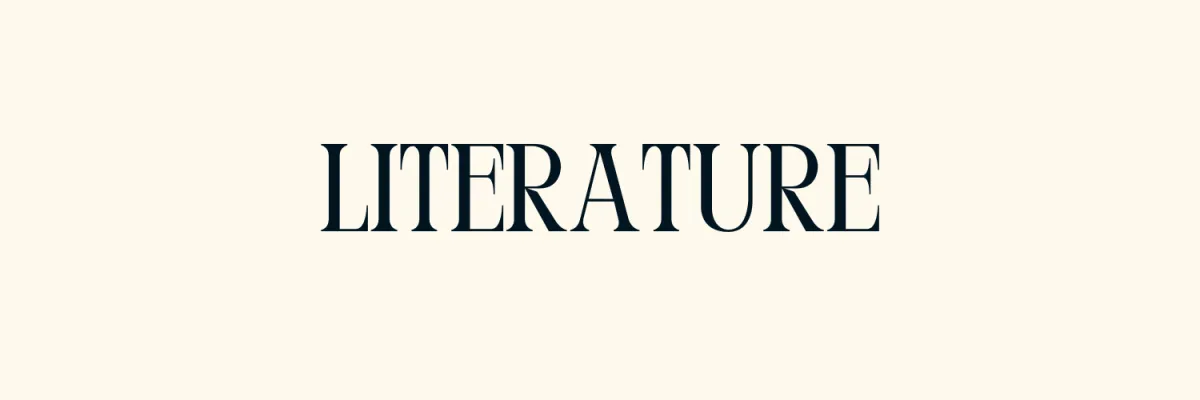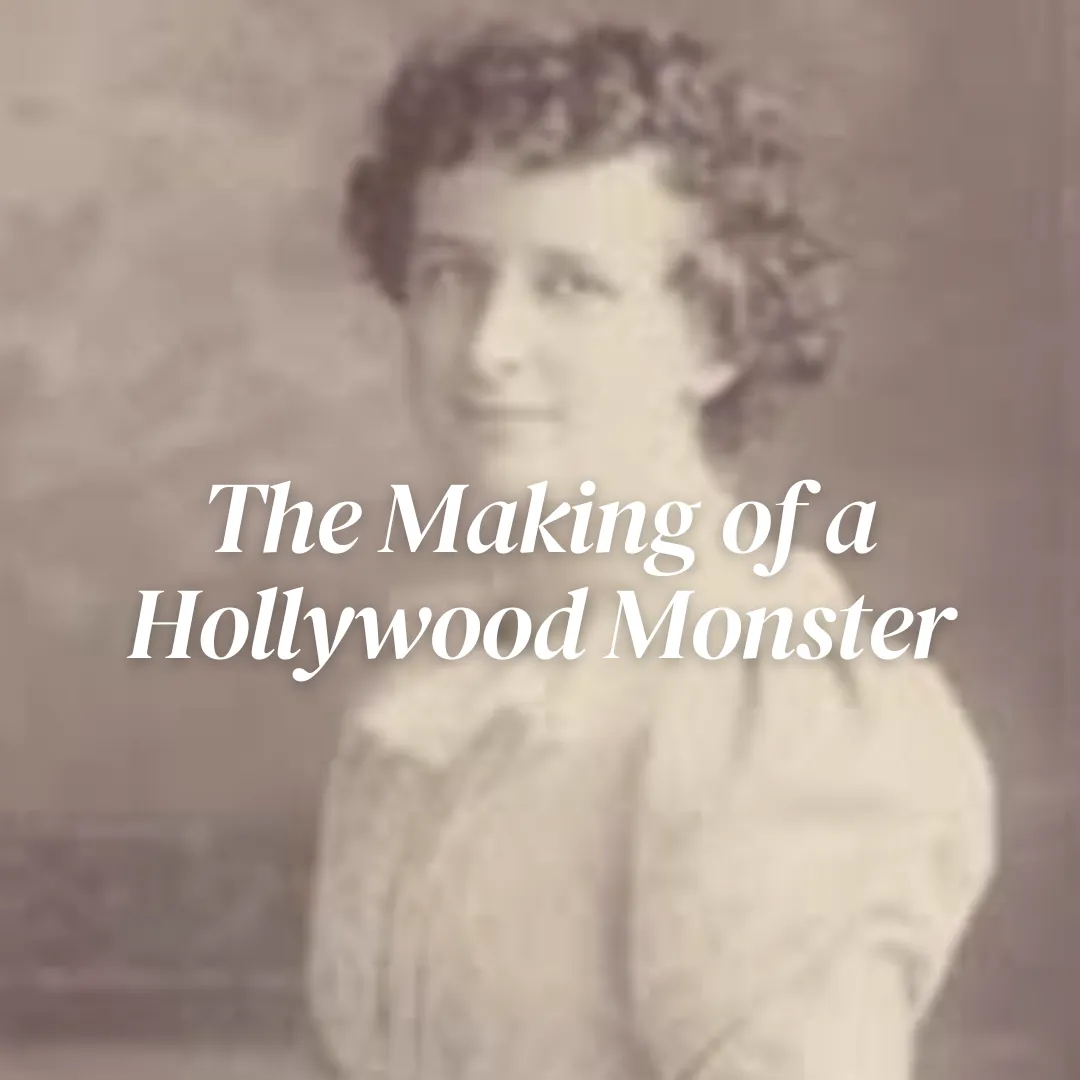


Making of a Hollywood Monster
“I always have a feeling that some day I shall pull off a play that will be produced and - perhaps - make a hit” (43).
Bruce Graver and Dorian Greenbaum include this quote, written by Peggy Webling in 1927, in their informative and exciting text Peggy Webling and the Story Behind Frankenstein: The Making of A Hollywood Monster. The back cover states that “offering a new perspective on the genesis of the Frankenstein movie, this critical exploration makes available a unique and necessary ‘missing link’ in the novel’s otherwise well-documented transmedia cultural history.” Mary Shelley’s 1818 novel Frankenstein has been widely read around the world, taught in high school and college courses, and adored by countless fans. While Shelley’s story and the films based on it have reached many people, there is a critical missing link between the two. The film, which differs so much from Shelley’s novel, causes many to ask questions about how this divide came to be. The answer lies in Peggy Webling, a British author and playwright who adapted Shelley’s classic novel from the page to the stage in the 1920’s and 1930’s. The iconic 1931 film, and the subsequent films which were created after the first experienced so much success, are based on Webling’s retelling of the novel.
In The Making of a Hollywood Monster, Graver and Greenbaum seek to share Webling’s story, which has been forgotten by many as pivotal in the creation of Frankenstein as we know it today. Dr. Graver, my professor, has been working with Dorian Greenbaum, Webling’s great grand-niece, to compile Webling’s manuscripts and other documents to supplement their book. The two authors share the text skillfully, and they are able to create a solid sense of consistency throughout while still maintaining their individual writing styles. This is one of their book’s strengths, as the two authors convene to share Webling’s story in a clear way yet one that still showcases their own voices. Their occasional use of first person pronouns in mildly opinionated statements do not come across as biased opinions but rather as judgments based on reason. These are mostly in reference to Webling’s troubles with other artists like John Balderston, who adapted Webling’s play into one of his own. Frankenstein is a story which features a deeply misogynist, though perhaps unaware, protagonist. Therefore, it is understandable that Graver and Greenbaum should point out Webling’s struggles against other male artists to produce her play.
That layout of the book is also very comprehensive, as it is segmented into three distinct sections. The first contains three chapters with a historical background and analyses, the second contains the manuscripts of three versions of Webling’s play, and the third contains legal documents and letters from Webling’s process. Greenbaum details the history of her great grand-aunt in the first two chapters, writing of her early life, her acting career, her advocacy for women’s right to vote, and her journey with Frankenstein. She writes about the struggles Webling faced and the years that passed before Webling’s Frankenstein was finally produced on the London stage. In the third chapter, Graver analyzes different adaptations of Frankenstein. He also compares different versions of Webling’s play, delving into her creative process and the reasons behind her edits. In this chapter, Graver also reveals how Webling’s adaptation is more nuanced than previous ones, translating Shelley’s multi-dimensional characters onto the stage in a thoughtful and purposeful way. The structure of The Making of a Hollywood Monster is sensible and helpful, with readers first learning about the big picture of Webling’s life before taking a deep dive into her process with Frankenstein. The three manuscripts in the second portion of the book are especially helpful, as readers are able to reference the scenes Graver analyzes and read all three plays in their entirety. Additionally, Graver and Greenbaum supplement this information with three Appendices at the conclusion of the book, allowing readers to get the clearest possible picture into the legal proceedings surrounding Frankenstein’s production and into Webling’s own life as well.
While the book’s structure and contents are organized and informative, The Making of A Hollywood Monster excels in explaining the gendered aspect of Frankenstein both in the text and in reality. Graver writes that “Victor Frankenstein believes that the knowledge he has gained through his research will enable him to create a more perfect human being, and this belief rests on a far more sinister one: that natural reproduction involving women is fundamentally flawed. His solitary quest to create new life is a misogynistic attempt to bypass and perhaps eliminate the role of women in the creation of new life” (71). Chapter three provides a scholarly commentary on the deep misogyny which is present in all aspects of Frankenstein and points out how women are an essential part of the story. Just as women are an essential part of the creation of life, as Victor Frankenstein learns throughout the course of his journey, women are also an essential part to the creation of Frankenstein. Both the novel and play feature a largely male cast. The actors and writers who worked with Webling were male. The director of the film, James Whale, also male. While Frankenstein doesn’t explicitly speak out against misogyny, these elements are clearly present in both Shelley and Webling’s works. Webling’s play is unique compared to other adaptations because it was created by a woman, just as the 1818 novel was. While Graver and Greenbaum do not discount male adaptors of Frankenstein, they do highlight how Peggy Weblig’s unique female perspective allowed her to create a different, and perhaps more nuanced, version of the play than other writers. Not only this, but Webling’s impact on Frankenstein’s perception today, specifically in pop culture, has been greater than those of other adaptors.
The Making of a Hollywood Monster is essential to the Frankenstein cannon because it explores Peggy Webling’s life and creative process as she adapted Shelley’s novel and ultimately affected modern culture.
Although I do recommend Graver and Greenbaum’s book, it would be amiss if I didn’t state my own personal bias on the subject. As I have been adapting Webling’s 1928 edition of Frankenstein and preparing to direct in this coming month, I have used Graver and Greenbaum’s text for scholarly information and creative inspiration. However, I believe that my growing knowledge of Frankenstein allows me to write a comprehensive review rather than inflict harmful personal bias. This text is well suited for readers who are interested in a myriad of subjects. The first is classic hollywood and horror films. The Making of a Hollywood Monster discusses how Webling’s text was critical for the 1931 Frankenstein film, which in turn was critical for the following films and their impact on the entertainment industry. The second is for fans of Frankenstein. While Mary Shelley’s novel is widely known and loved, Graver and Greenbaum shed new light on theatrical and filmed adaptations of her story. This also is a read which may interest people in the arts, specifically theater. The playwriting and production process has changed over the past century, and Graver and Greenbaum explain Webling’s career as a playwright and author as well as her journey to seeing Frankenstein produced. Also, The Making of a Hollywood Monster explores not only Webling’s adaptations, but also of ones previously written by other playwrights. There are modern adaptations of Frankenstein, namely Nick Dear’s 2011 production which at the National Theatre in London. However, previous adaptations, especially Webling’s influential one, are often unknown to many. While I can strongly recommend this text for readers interested in the above subjects as well as nonfiction, biography, and dramatic plays, readers who take greater interest in other genres such as poetry or fiction might be less inclined to enjoy this text. The Making of a Hollywood Monster is steeped in the history surrounding a work of fiction and Webling’s biography reads somewhat like a story, however, this text isn’t fictional or poetic in nature. It is, though, an entertaining and enlightening read for those who choose to encounter it. Learning about Peggy Webling’s personal and artistic history, as well as her contributions to the public’s understanding of Frankenstein today, is a rewarding process which is uniquely available in Graver and Greenbaum’s 2024 text Peggy Webling and the Story Behind Frankenstein: The Making of a Hollywood Monster.
Email: christina@christinalschwab.com
Site: www.christinalschwab.com
